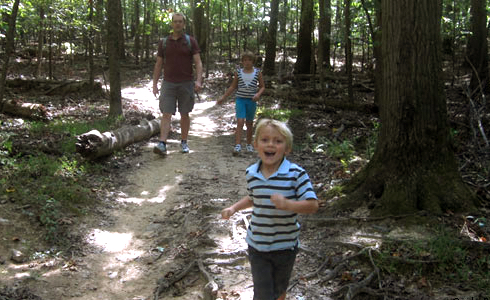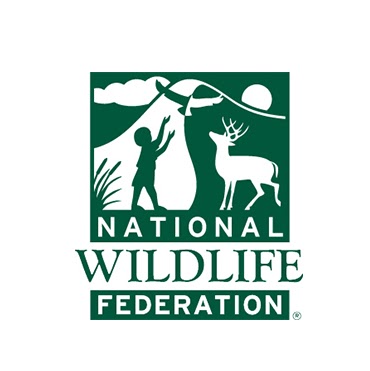Grade Level
All
minutes
15 min - 1 hr
subject
Life Science
stem practices
Planning and Carrying Out Investigations
Activity Type:
Outdoor science, Observation skills
Ready to start exploring the outdoors with your family? Make your hikes even more fun with these tips from National Wildlife Federation.
What You Need
- Binoculars (optional)
- Bug repellant
- Camera (optional)
- Cell phone (optional)
- Emergency Kit and/or First Aid Kit
- Hat (optional)
- Magnifying glass (optional)
- Nature scavenger hunt handouts (optional)
- Plastic bags, for gathering garbage you see
- Sketchbook, pencil, and crayons (optional)
- Sunscreen
- Toilet paper
- Trail map (or an app like AllTrails)
What To Do
1. Before you leave, make sure everyone has their basics:
- Each person should have their basic Emergency Survival Kit in case someone gets separated.
- Each person should have sturdy footwear—no sandals or Crocs.
- Make sure each person has some water.
- Review basic safety tips such as blowing your whistle only when you are lost and hugging a tree if you are lost.
2. Apply sunscreen and bug repellant if hiking when there are bugs.
3. As you hike, stop often to check out little things.
- You might increase everyone’s motivation to look around if you bring nature scavenger hunt handouts.
- Use your magnifying glass or binoculars to look at the woods in a new way.
4. Look for signs of wildlife, such as:
- Tracks in the mud or snow
- Feathers
- Animal droppings (also called “scat”)
- Bones
- Animal homes
- Insect galls (they look like a bubble of bark)
- Acorns or leaves with nibbles on them
5. Listen for wildlife sounds.
- Try to imitate them to see if you get a response.
- Making a “psh” sound can sometimes draw birds closer to you.
6. Make rubbings of cool textures.
- Using the side of your crayon sometimes works better.
- Make round crayons by melting down crayon bits in muffin tins.
7. Pick up trash you see, and remember:
- Never pick living things to take home. In some places, you are not supposed to bring home even non-living things. Always ask permission.
- If you need to use the restroom and there is no toilet, put your toilet paper in your trash bag. Don’t bury it in the woods.
8. Hike quietly sometimes.
- You are more likely to see wildlife if you are quiet.
- Play a game to see what you hear when you all walk silently for 60 seconds.
- After being quiet for a while, take some time talk about having reverence for nature.
9. Make sure all kids stick with an adult, and stay on the trail as much as possible to keep nature intact.

The National Wildlife Federation (NWF) is America’s largest conservation organization, inspiring Americans to protect wildlife for our children’s future. NWF programs educate and inspire people to protect wildlife and wildlife habitat. For more information: www.nwf.org. NWF focuses its conservation and education work in three major areas that will have the biggest impact on the future of America’s wildlife:
- Seeking solutions to global warming which poses a major threat to the nation’s wildlife
- Protecting and restoring wildlife habitat, especially habitats that provide a home for threatened and endangered species
- Connecting children to nature for a nation of happier, healthier kids. These connections in early life will teach children to appreciate and respect the natural world so they can be good conservation stewards in the future.
The views expressed are those of the author and are not necessarily those of Science Friday.

